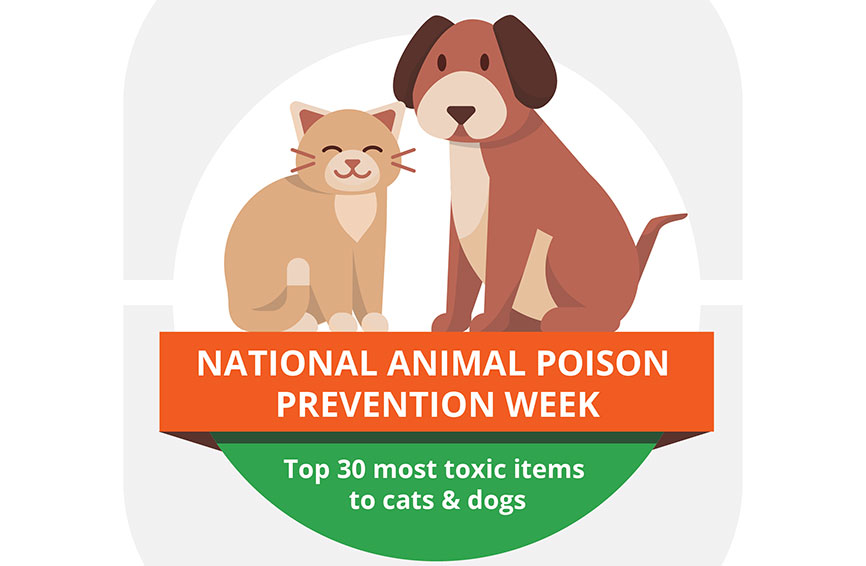Key Takeaways
- Just like humans, some dogs suffer from seasonal allergies in the spring.
- Dog allergies can be caused by pollen, dander, and mold.
- Some dog breeds are more likely to have allergies than others.
- Allergy symptoms include itchiness, hair loss, and infected wounds.
- Allergy treatment for dogs can be costly, especially without pet insurance.
Table of Contents
Spring has sprung, which means all sorts of flowers and trees are in bloom. Unfortunately for some pets, this time of year also brings bothersome allergies. Notoriously tricky to diagnose, allergies in dogs require time and patience to properly treat. It’s important to help your pup feel as comfortable as possible, no matter how unpleasant the allergy symptoms may look or feel.
Sudden or seasonal changes in behavior or physical appearance are a sign something is wrong: run, don’t walk to your vet. Allergies in dogs are rarely fatal, but they can strongly affect a pet’s quality of life, even leading to depression and behavioral concerns. Although allergies cannot be cured, they can be managed by maintaining the strict treatment plan set by your veterinarian. Use any medications as directed, and Fido will be back to mischief-making in no time.
What Causes Seasonal Allergies in Dogs?

Airborne allergens are usually to blame for dogs’ allergies, but instead of affecting the respiratory system – as they do in humans – dogs typically experience extreme itchiness. Known as atopy, this seasonal itchiness is genetically inherited. Symptoms may set in suddenly at a young age, typically six months to three years old. Female dogs are also more prone to allergies, although males are commonly diagnosed, too.
The specific allergen affecting your pet depends on the time of year as well as where you live, but can include pollen, mold, dander and any airborne particle. Roughly 10 percent of dogs are predisposed to these environmental allergies, with some breeds more susceptible than others. Shar-Peis, Golden Retrievers, Boxers, Labradors, Shih-Tzus, and Boston Terriers all have a higher risk of developing allergies.
Dog Allergy Symptoms

Atopic allergies in dogs develop due to a genetic predisposition passed down from their parents. Predisposed pets have an abnormal skin barrier that allows airborne allergens to access the deeper layers of the skin, causing a heightened immune response, extreme itchiness and excessive grooming. Areas most commonly affected by allergies in dogs include feet, ears, front legs, face and belly, but scratching can be widespread. If a pet itches too hard, its claws can break the skin, creating wounds that can become infected.
Hair loss, also known as alopecia, is another symptom of allergies in dogs. Prolonged scratching or biting can break the skin and cause moist inflammation called hot spots; these red, raw, scabby areas are extremely itchy and painful to the touch for dogs.
How To Treat Seasonal Dog Allergies

The first step is to identify what your dog is allergic to. Allergy testing is often recommended, where a veterinarian tests pets’ immune responses by pricking small samples of allergens under the skin. Once the offending substance is determined, pet parents can choose to avoid it or engage in immunotherapy. Immunotherapy treatment works by gradually increasing a dog’s exposure to an allergen, which reduces the immune response each time. However, immunotherapy for dogs is an expensive commitment – $150 to $1,000 per year – especially without pet insurance, and results may not be seen for six months to a year. Blood allergy testing is also available, but it tends to be unreliable for both environmental and food allergies.
If immunotherapy isn’t an option for your dog, the only thing left to do is avoid the allergen. If the culprit is pollen, consult local forecasts and avoid walking your dog outdoors when levels are high. Your veterinarian may prescribe anti-itch medications and ointments, as well as dietary changes.
Managing Allergies in Dogs

A pet with allergies may be in constant pain or unable to go outside, both of which can lead to depression in dogs. Pay special attention to your pup during this time, and use treatment as an opportunity to bond. Warm oatmeal baths can help soothe raw, sensitive skin; ask your vet about prescription shampoos to relieve painful skin allergies in dogs. If you’re short on time, you can soak Fido’s paws or simply wipe them with baby wipes after going outside.
Prevent pollen and other environmental allergens from entering your household by removing shoes and outerwear in a separate, closed-off room. Vacuum regularly, especially around your pet’s favorite spots, and consider installing air filters as a permanent solution. Use all-natural, pet-friendly cleaning products – especially airborne sprays – and try a cooked, whole-food diet, too. Ask your vet about prescription foods or the possibility of food allergies in your dog as well. Although grain allergies are uncommon in dogs, individual pets may experience more whole-body inflammation from eating grains.
The content is not intended to be a substitute for professional veterinarian advice, diagnosis, or treatment. Always seek the advice of your veterinarian or other qualified health provider with any questions you may have regarding a medical diagnosis, condition, or treatment options.








